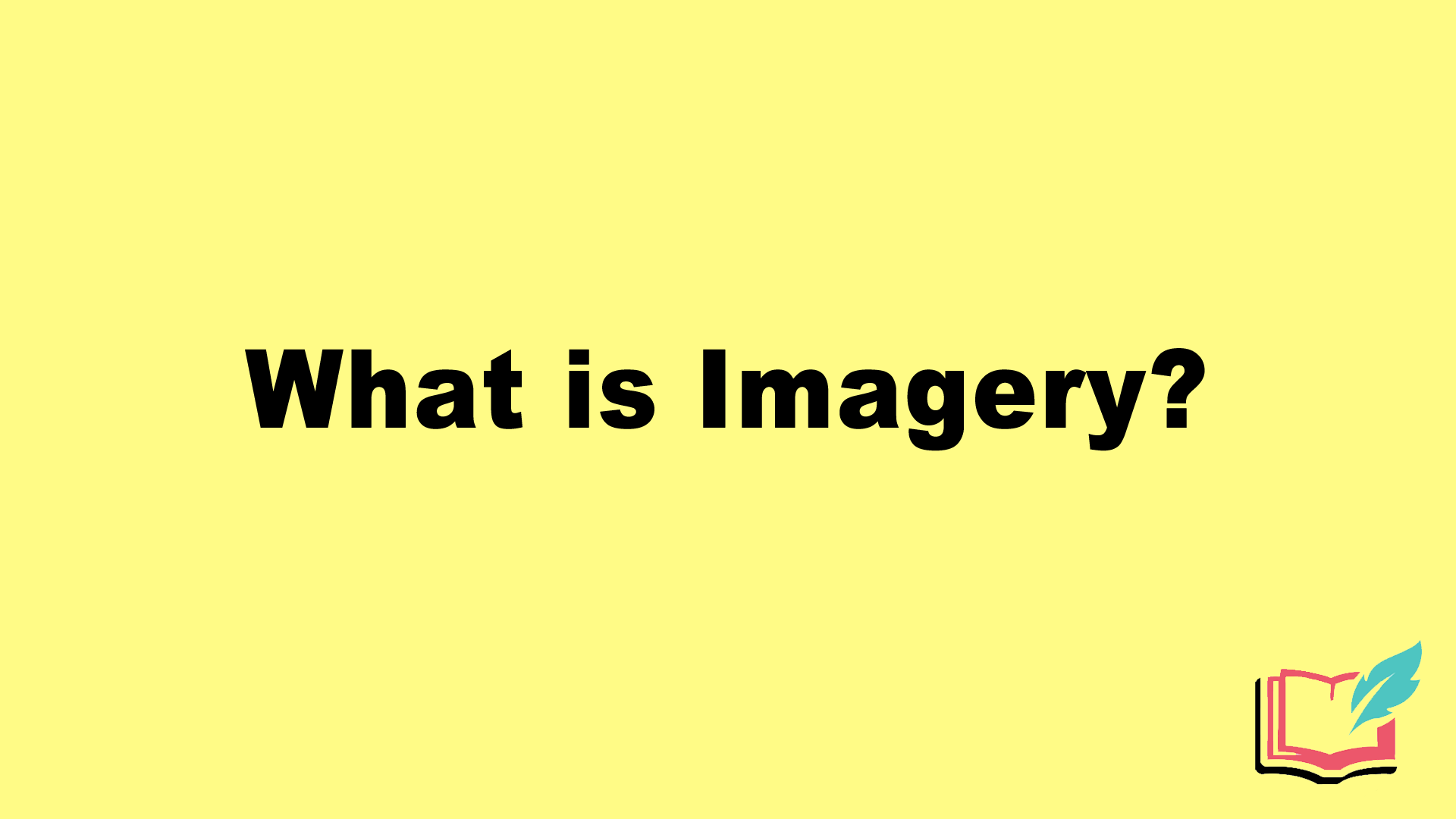

Simply put, metaphors are better to use as a central device within the poem/story, encompassing the core of what you are trying to say. In a simile, the reader understands that, although the tree is certainly large, it isn’t large enough to be a god the tree’s “godhood” is simply a description, not a relevant piece of information to the poem or story. The obvious difference between these two common literary devices is that a simile uses “like” or “as,” whereas a metaphor never uses these comparison words.Īdditionally, in reference to the above examples, the insertion of “like” or “as” creates a degree of separation between both elements of the device. What is the difference between a simile and a metaphor? OR: This tree acts as the god of the forest. Read on for an in-depth look and analysis at 54 common literary devices.Įxample of simile: This tree is like the god of the forest. They are what sets literature apart, and what makes it uniquely powerful. What all these literary devices have in common is that they create new connections: rich layers of sound, sense, emotion, narrative, and ultimately meaning that surpass the literal details being recounted. Alliteration uses the sound of words itself to forge new literary connections (“alligators and apples”).īy enabling new connections that go beyond straightforward details and meanings, literary devices give literature its power. For example, imagery, vivid description, connects writing richly to the worlds of the senses. Other literary devices forge connections in different ways. A simile is an indirect comparison-“the tree is like a giant.” In both instances, the tree is compared to-and thus connected with-something (a giant) beyond what it literally is (a tree). A metaphor is a direct comparison of two things-“the tree is a giant,” for example. Metaphors and similes are the most obvious examples of comparison. One common form of connection in literary devices is comparison.

In that sense, they are techniques for helping guide the reader in how to read the piece.Ĭentral to all literary devices is a quality of connection: by establishing or examining relationships between things, literary devices encourage the reader to perceive and interpret the world in new ways. Literary devices are ways of taking writing beyond its straightforward, literal meaning. They help guide the reader in how to read the piece. Literary devices take writing beyond its literal meaning. What are literary devices? What are Literary Devices?


 0 kommentar(er)
0 kommentar(er)
